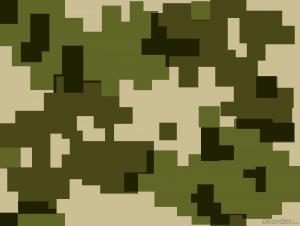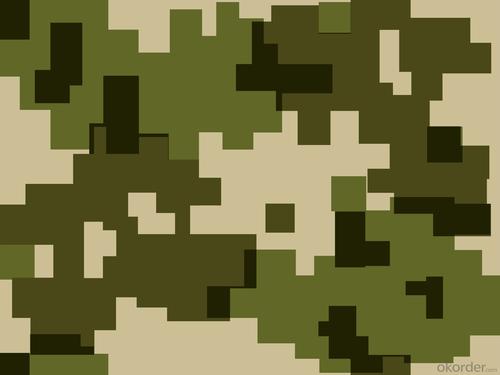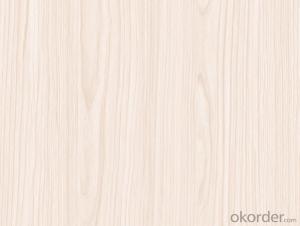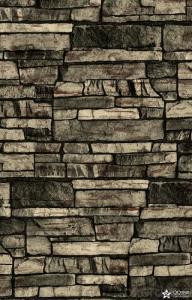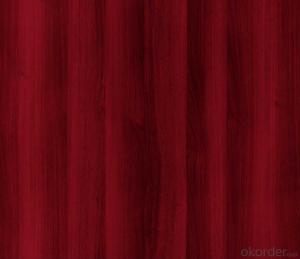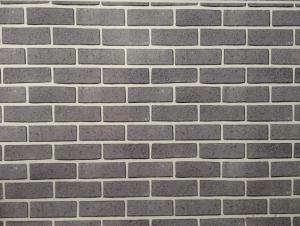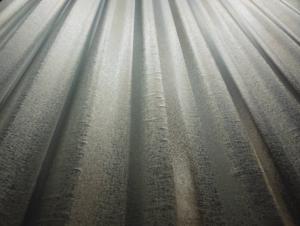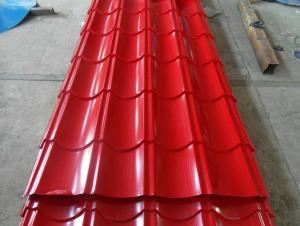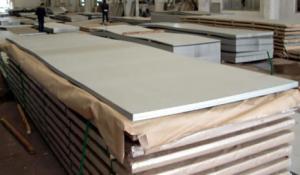color bond surface coating steel plate--XY023
- Loading Port:
- China Main Port
- Payment Terms:
- TT OR LC
- Min Order Qty:
- -
- Supply Capability:
- -
OKorder Service Pledge
OKorder Financial Service
You Might Also Like
Color bond surface coating steel plate :
more than ten years experiences, the products are sold to the domestic city and some international cities we strivc to develop production of color coating steel plate the plating (aluminum )zinc steel. Coil cheickness between 0.6mm and 1.5mm and the width from 600mm to 1250mm and a variety of high durability of color coating steel plate.
the company has multiple layer patterns for customers to choose The company provides products deep processing services ,meet the various needs of customers on board specifications All of out products comply with international quality standards and are greatly appreciated in a variety of different markets throughout the world if you ate interested in any of our products or would like to discuss a custom order please feel free to contact us we are looking forward to forming successful business relationships with new clients around the world in the near future.
We can design the color and thickness according to customers' requirements. The delivery time is only 30 day after you confirm the order.
- Q: What's the effect of water stopping between steel plate and water stop strip? What's the difference between the process and the sealing process?
- Water swelling, water stop, rubber water stop and water stop steel plate are compared between the three:After using the water stopping strip (water stopping steel plate and water stop bar), the water can be prevented from soaking through the concrete, and the double protection function of water proofing and water stopping can be realized.
- Q: What is the difference between a hot rolled and pickled steel sheet?
- A hot rolled steel sheet is produced by heating the steel above its recrystallization temperature, typically around 1700°F (926°C), and then rolling the heated material into a desired shape or thickness. This process gives the steel a characteristic scale or oxide layer on its surface. On the other hand, a pickled steel sheet undergoes an additional step called pickling, which involves removing the scale or oxide layer that forms during the hot rolling process. Pickling is typically done by immersing the steel sheet in an acid bath, such as hydrochloric acid, to dissolve the scale. The main difference between a hot rolled and pickled steel sheet lies in the surface finish and cleanliness. A hot rolled steel sheet will have a rougher surface due to the presence of the scale, which can be visually unappealing and may require additional processing or finishing. In contrast, a pickled steel sheet will have a smoother and cleaner surface since the scale has been removed. Another difference is the corrosion resistance of the two types of steel sheets. The presence of the scale on hot rolled steel can make it more susceptible to corrosion, especially in humid or corrosive environments. Meanwhile, pickled steel has a better resistance to corrosion due to the removal of the scale and the subsequent application of a protective coating or treatment. In terms of applications, hot rolled steel sheets are commonly used in structural components, construction materials, and general fabrication where surface finish is not critical. Pickled steel sheets, on the other hand, are often preferred in industries such as automotive, appliances, and manufacturing, where a smooth and clean surface is desired for further processing or finishing. In summary, the difference between a hot rolled and pickled steel sheet lies in the surface finish, cleanliness, and corrosion resistance. While hot rolled steel has a rougher surface due to the presence of scale, pickled steel undergoes an acid bath to remove the scale, resulting in a smoother and cleaner surface. Pickled steel also offers better resistance to corrosion and is preferred in applications where a high-quality surface finish is required.
- Q: What is the average lifespan of a painted steel sheet?
- The lifespan of a painted steel sheet can differ based on several factors, including the paint quality, exposure to the environment, and maintenance. However, a well-maintained painted steel sheet typically lasts between 20 to 50 years. It should be emphasized that regular inspections, cleaning, and touch-up painting contribute to extending the sheet's lifespan. Furthermore, the durability of both the paint and the sheet can be greatly affected by exposure to severe weather, extreme temperatures, or corrosive environments.
- Q: What is the difference between hot dipped galvanized and electro galvanized steel sheets?
- Hot dipped galvanized and electro galvanized steel sheets are both types of galvanized steel, but they differ in the method of application and the resulting characteristics of the coating. Hot dipped galvanized steel sheets are made by immersing the steel into a molten zinc bath. This process creates a thick, durable coating that provides excellent corrosion protection. The steel is completely coated in zinc, both on the surface and on the edges, ensuring complete coverage and protection against rust and other forms of degradation. The coating thickness can vary depending on the application and the required level of protection. On the other hand, electro galvanized steel sheets are produced by electroplating steel with a thin layer of zinc. The steel is first cleaned and treated with an acid solution to remove impurities and improve adhesion. Then, it is immersed in a zinc electrolyte solution, and an electric current is passed through the bath, causing the zinc ions to bond with the steel surface. This process results in a much thinner coating compared to hot dipped galvanized steel. Due to the thinner coating, electro galvanized steel sheets provide less corrosion protection than hot dipped galvanized steel sheets. They are more suitable for indoor applications or environments with less exposure to harsh conditions. However, electro galvanized steel sheets offer other advantages such as a smoother and more uniform appearance, making them popular for applications where aesthetics are important, such as automotive parts or appliances. In summary, the main difference between hot dipped galvanized and electro galvanized steel sheets lies in the method of application and the resulting coating thickness. Hot dipped galvanized steel sheets have a thicker, more durable coating, providing superior corrosion protection, while electro galvanized steel sheets have a thinner coating, making them more suitable for indoor applications and offering a smoother appearance.
- Q: Can steel sheets be used for solar panel installations?
- Yes, steel sheets can be used for solar panel installations, particularly as a mounting structure or frame for the panels. Steel provides strength, durability, and stability, making it an ideal material for supporting solar panels and ensuring their long-term performance.
- Q: What is the typical impact strength of a steel sheet?
- The typical impact strength of a steel sheet can vary depending on various factors such as the grade and thickness of the steel, as well as the specific testing method used to measure impact strength. However, steel sheets generally exhibit high impact strength, making them resistant to cracking or breaking under sudden or dynamic loads.
- Q: Can steel sheets be used for decorative column wraps?
- Indeed, decorative column wraps can be created using steel sheets. The versatility of steel sheets allows for easy customization to cater to different design preferences. Whether one desires a sleek and modern look or a more intricate and ornate design, steel sheets can be shaped accordingly. To further enhance the aesthetic appeal and protect against corrosion, steel sheets can be painted or coated with various finishes. Moreover, steel is a durable and long-lasting material, making it suitable for both indoor and outdoor applications. Thus, if one aims to add a contemporary touch or a traditional charm to their space, steel sheets serve as an excellent option for decorative column wraps.
- Q: Are the steel sheets easy to install?
- Indeed, the installation of steel sheets is generally a straightforward task. Their lightweight nature allows for easier handling and maneuverability throughout the installation procedure. Moreover, steel sheets often come equipped with pre-drilled holes or interlocking systems, which further streamlines the installation process. By employing the correct tools and possessing fundamental construction knowledge, individuals can effortlessly mount steel sheets onto diverse surfaces like roofs, walls, or fences. Nevertheless, it remains crucial to adhere to the manufacturer's instructions and safety guidelines to guarantee a correct and secure installation.
- Q: What is the average weight of a steel sheet per square foot?
- The weight of a steel sheet per square foot can change based on its thickness and the type of steel employed. Nevertheless, a typical weight range for a steel sheet per square foot falls between 40 and 70 pounds. It is crucial to understand that this is a rough approximation, and the actual weight may deviate due to specific factors like alloy composition and the manufacturing process.
- Q: How do steel sheets compare to other types of metal sheets?
- Steel sheets are highly durable and have excellent strength-to-weight ratio compared to other types of metal sheets. They offer superior resistance to corrosion, heat, and impact, making them suitable for a wide range of applications. Additionally, steel sheets are cost-effective and readily available, making them a popular choice in various industries.
Send your message to us
color bond surface coating steel plate--XY023
- Loading Port:
- China Main Port
- Payment Terms:
- TT OR LC
- Min Order Qty:
- -
- Supply Capability:
- -
OKorder Service Pledge
OKorder Financial Service
Similar products
Hot products
Hot Searches
Related keywords
